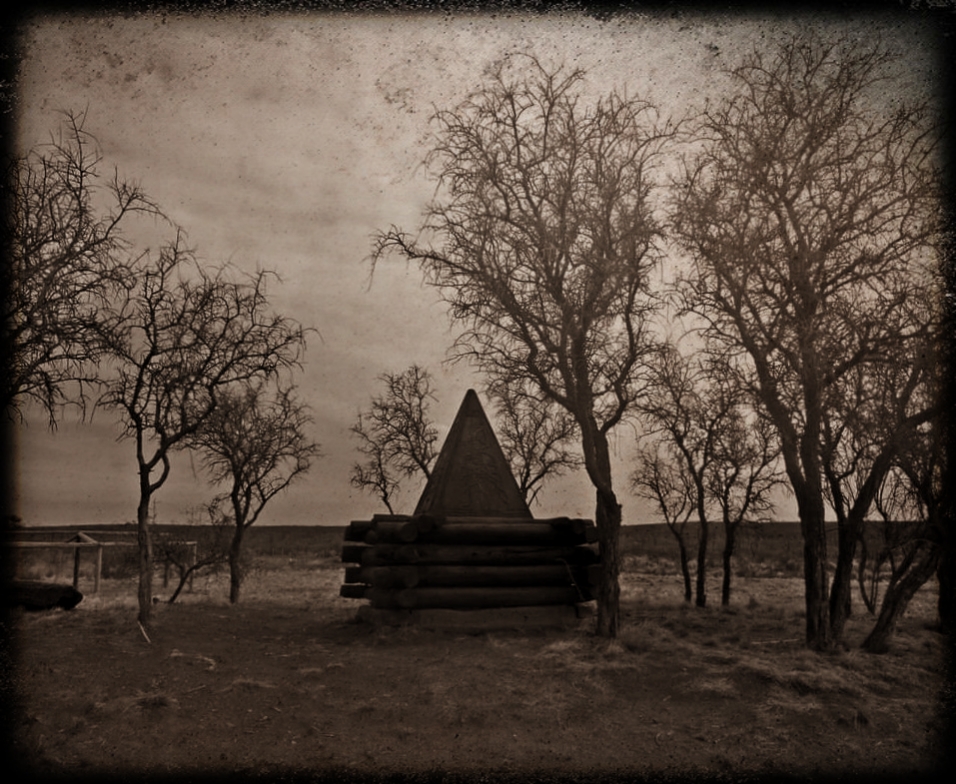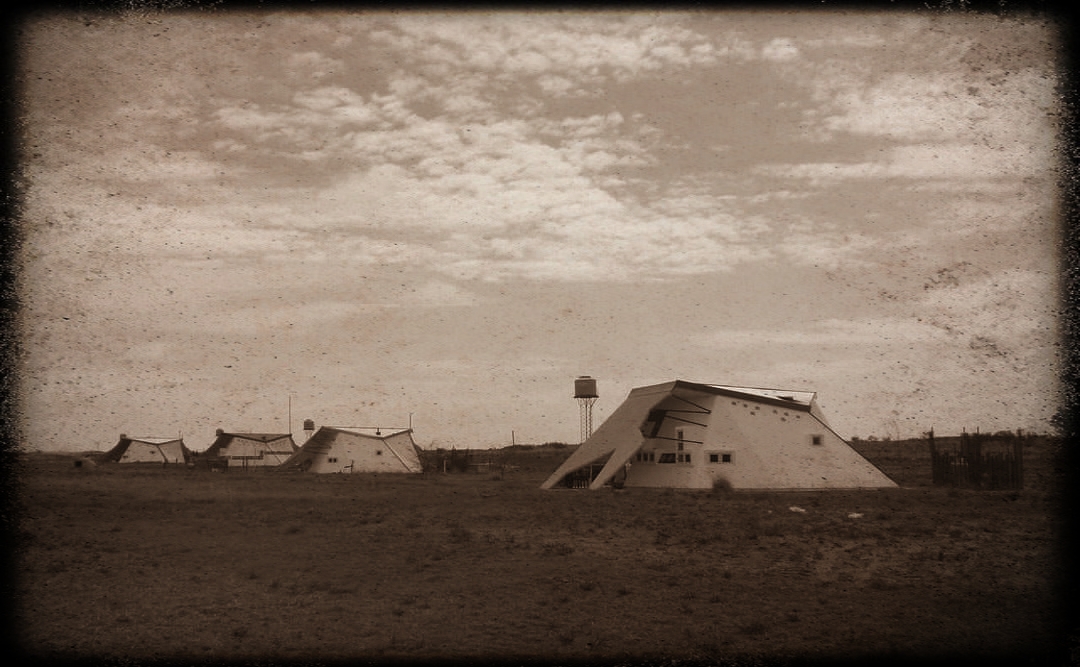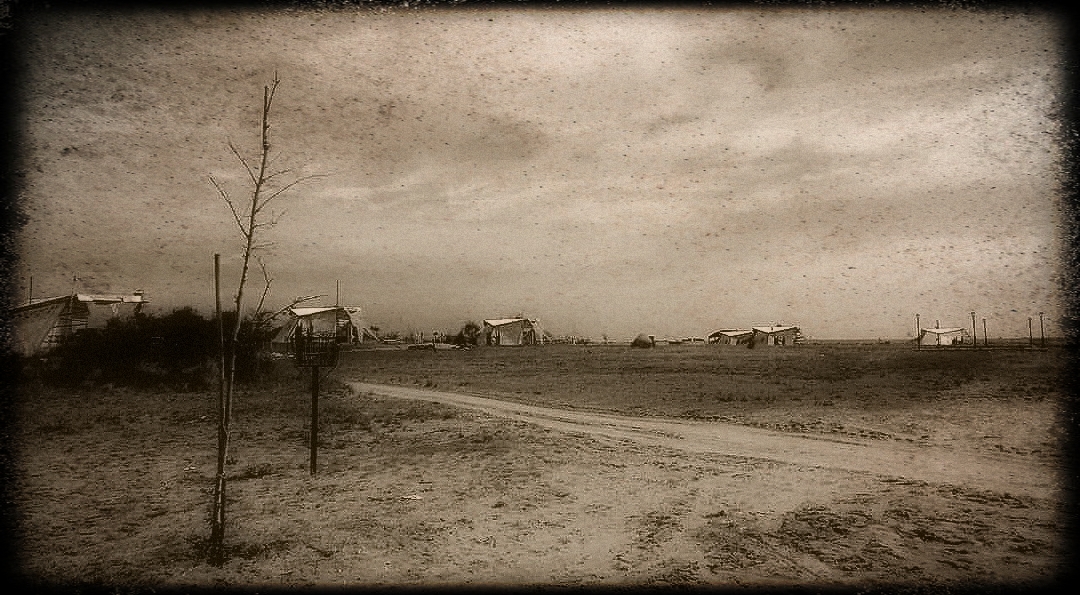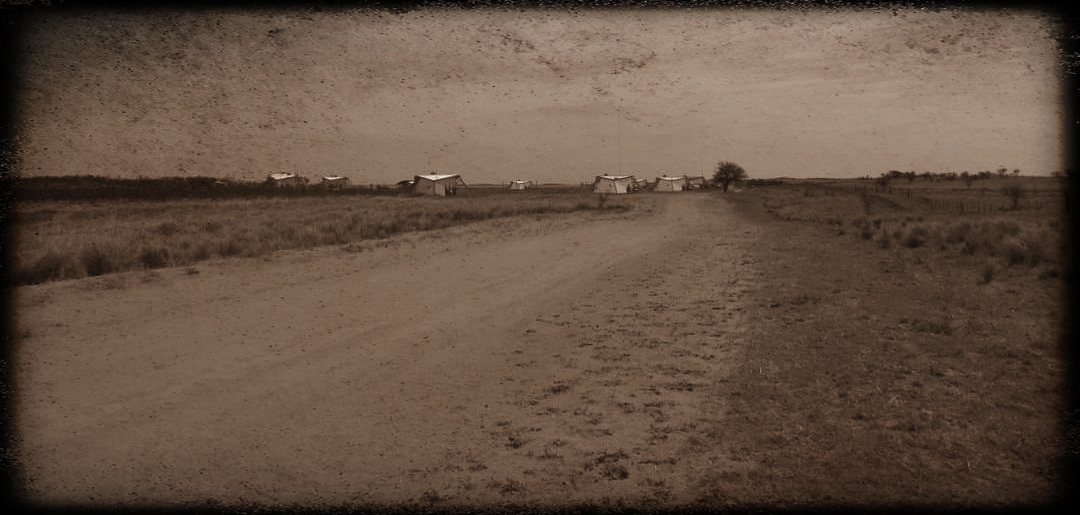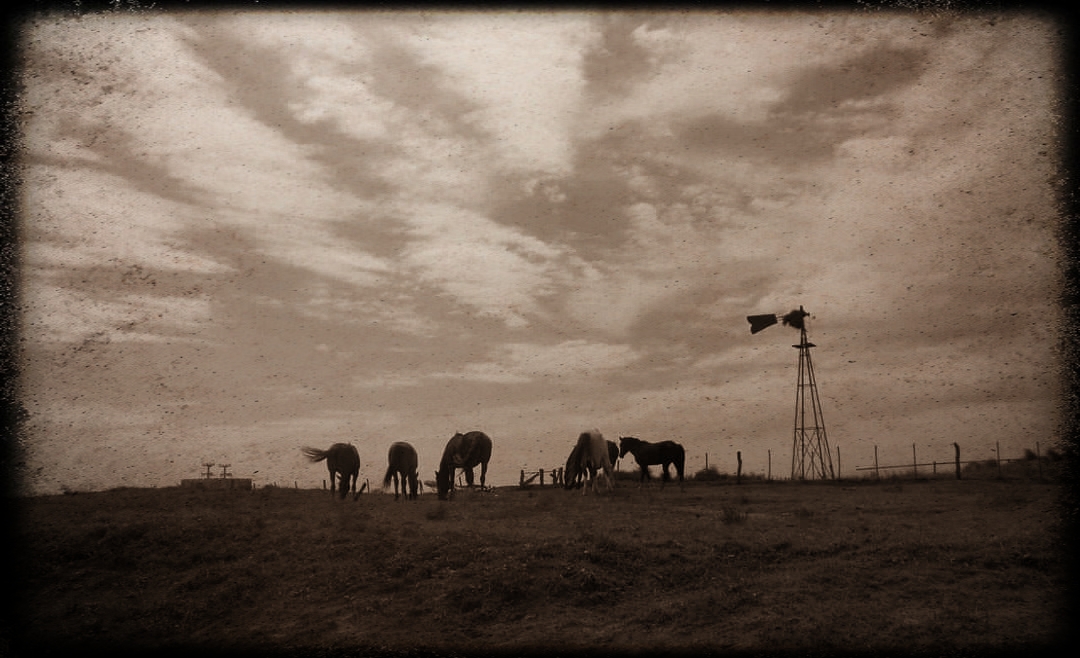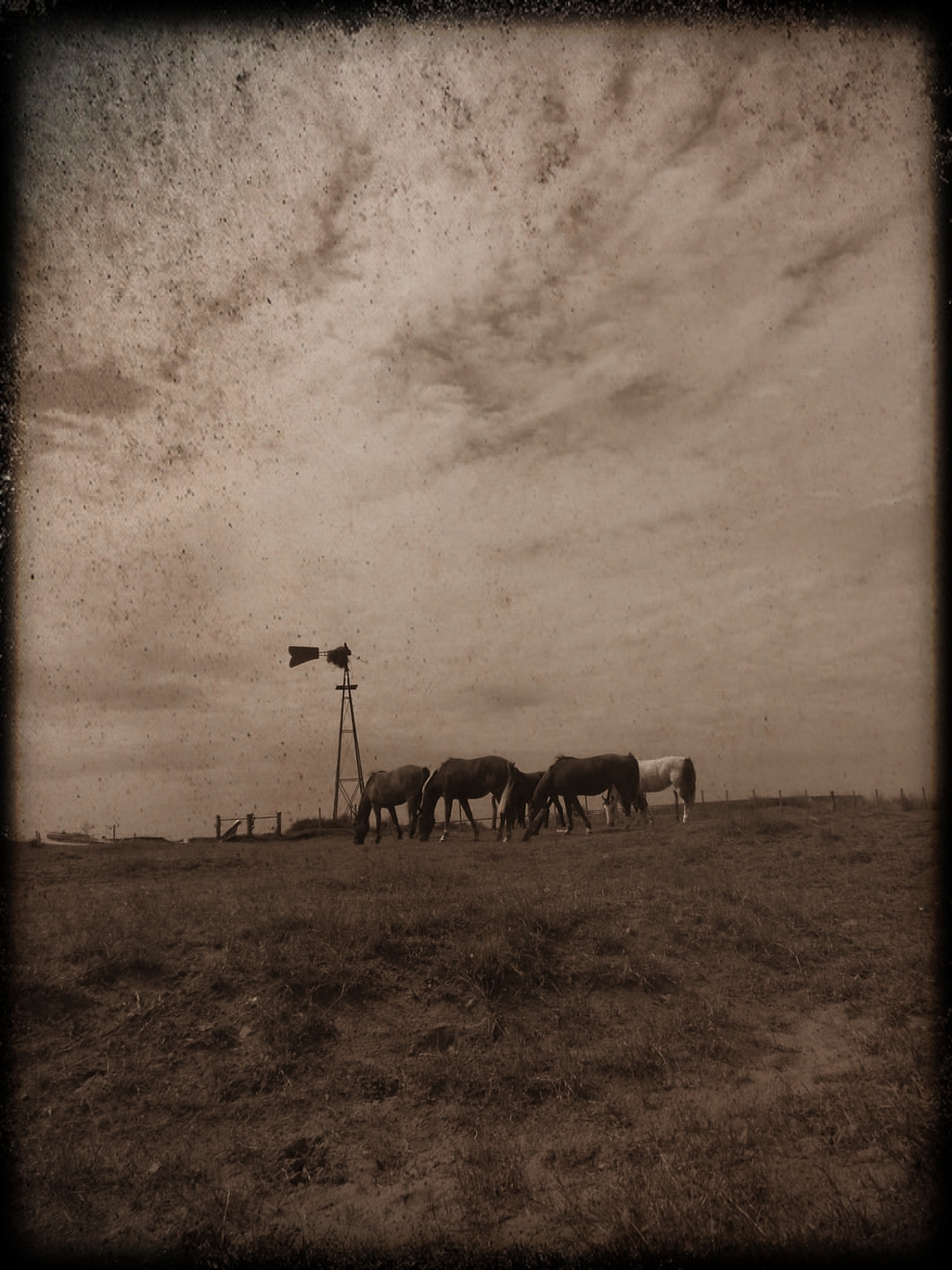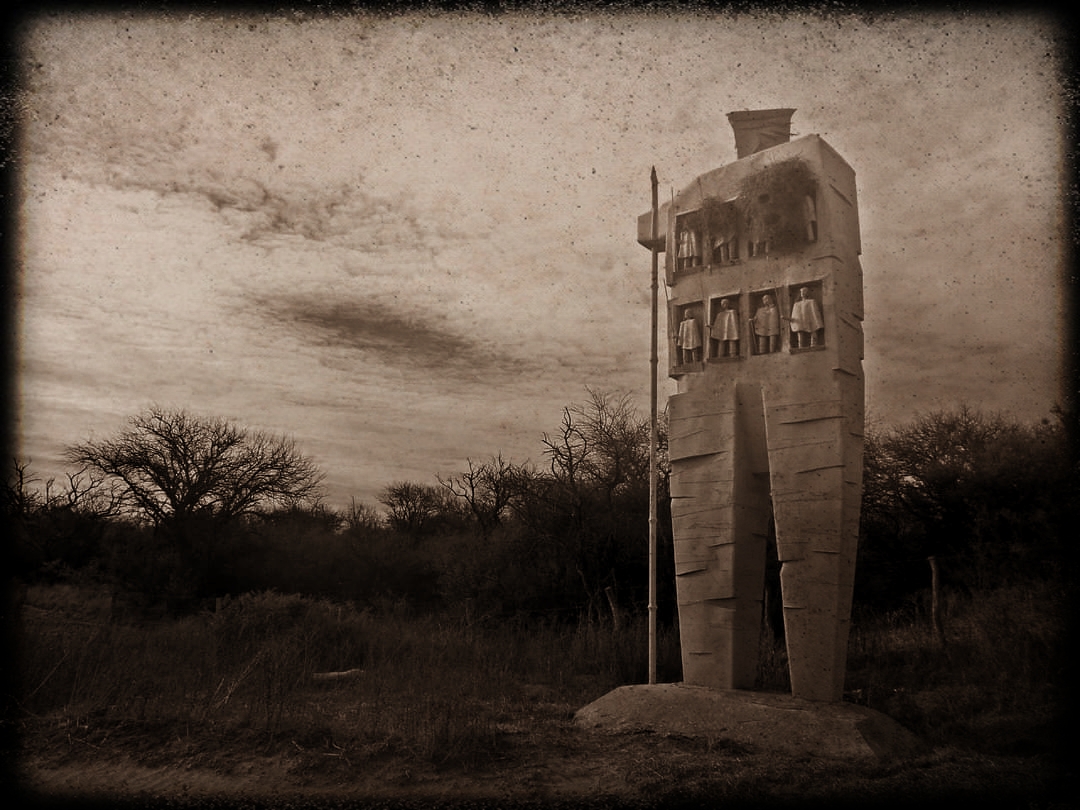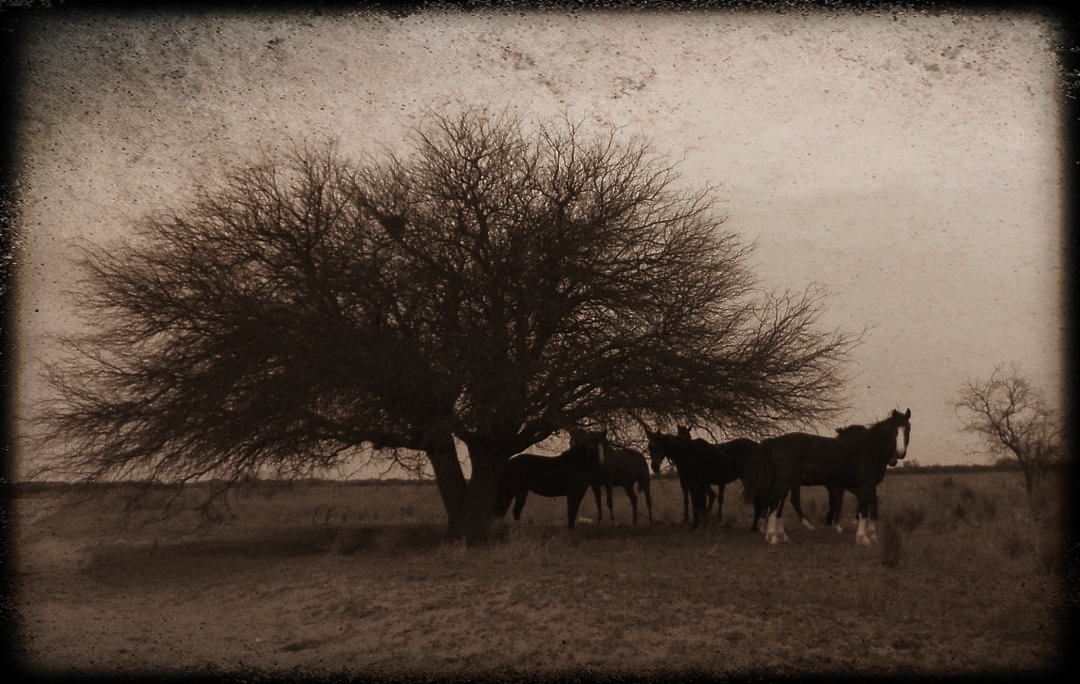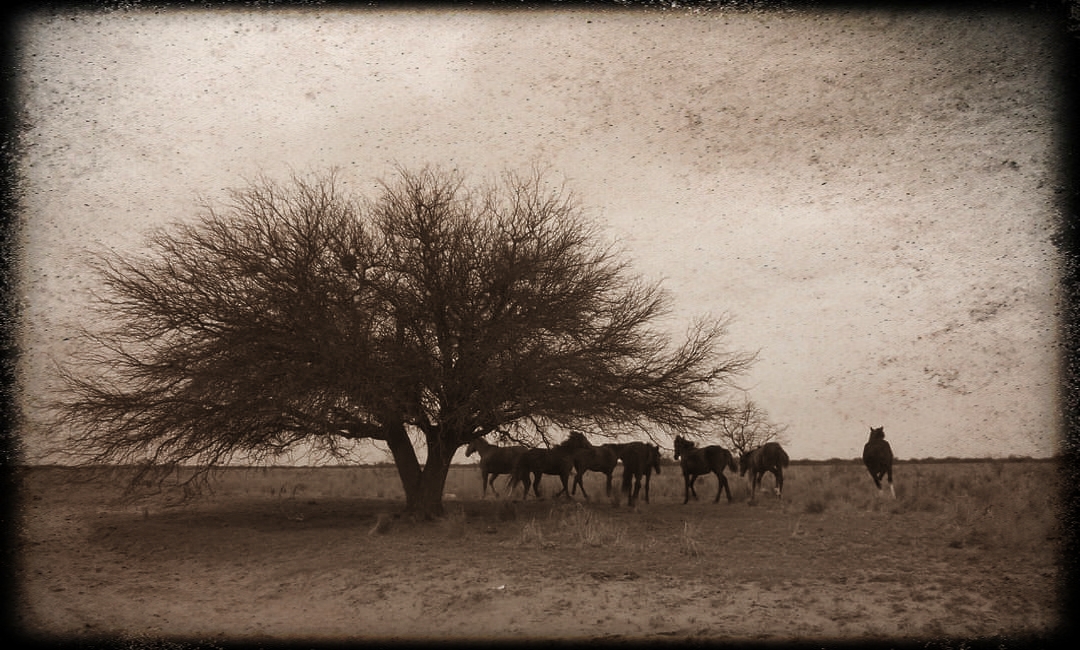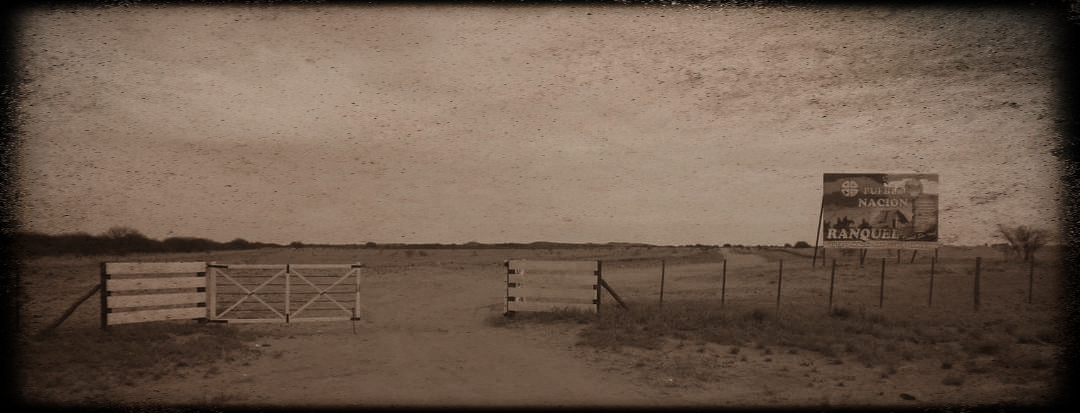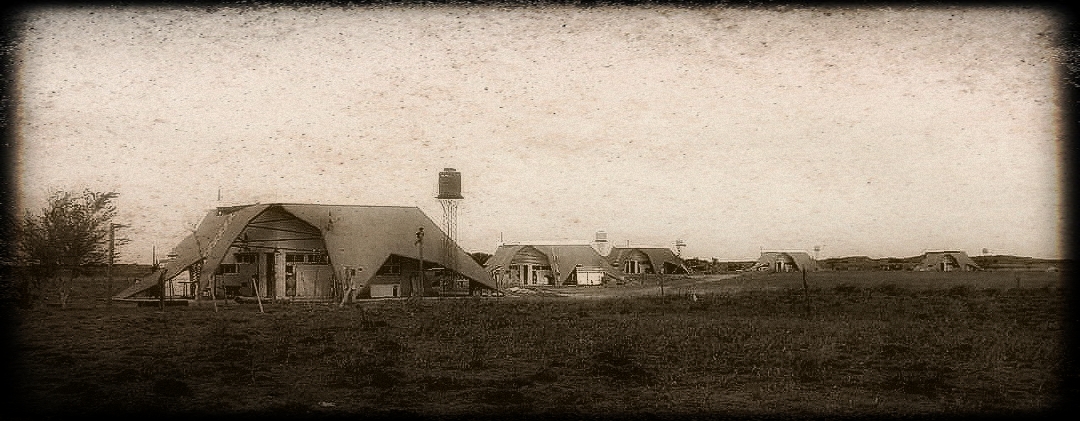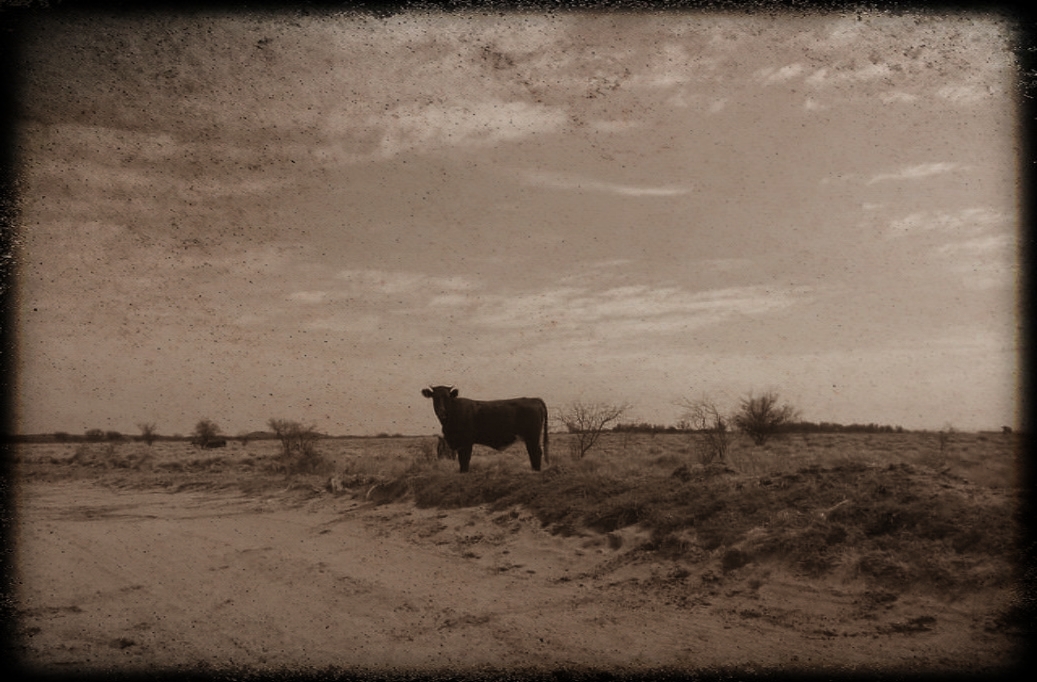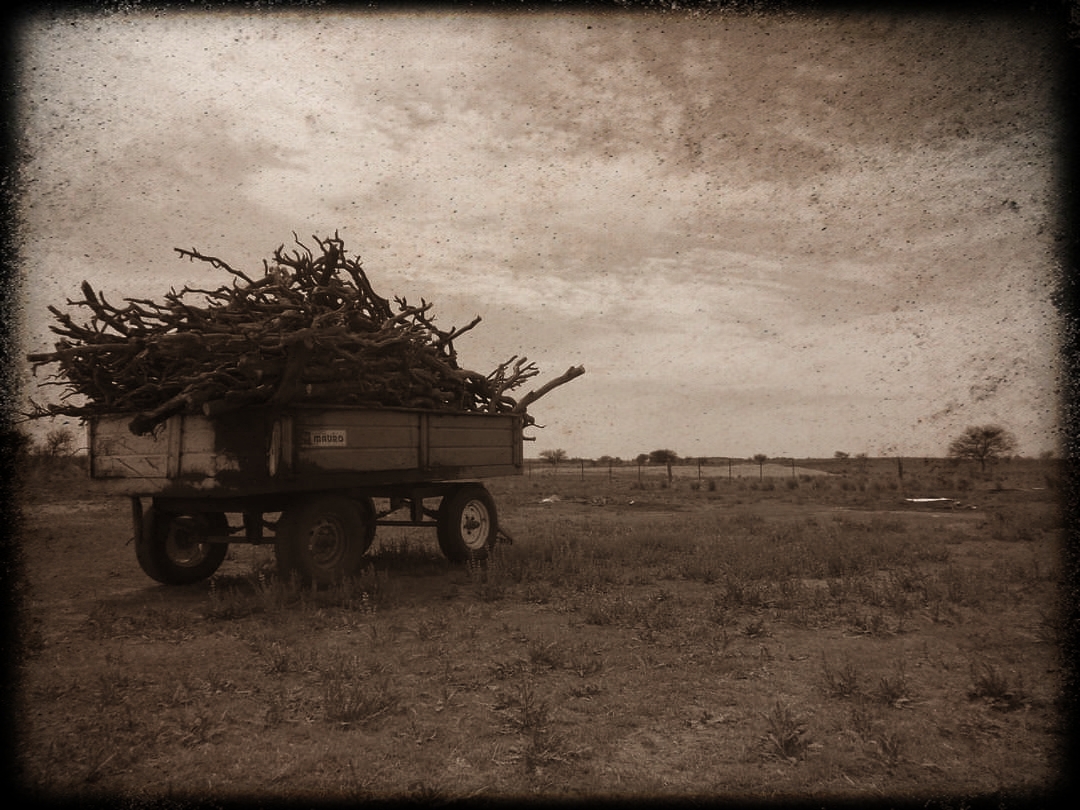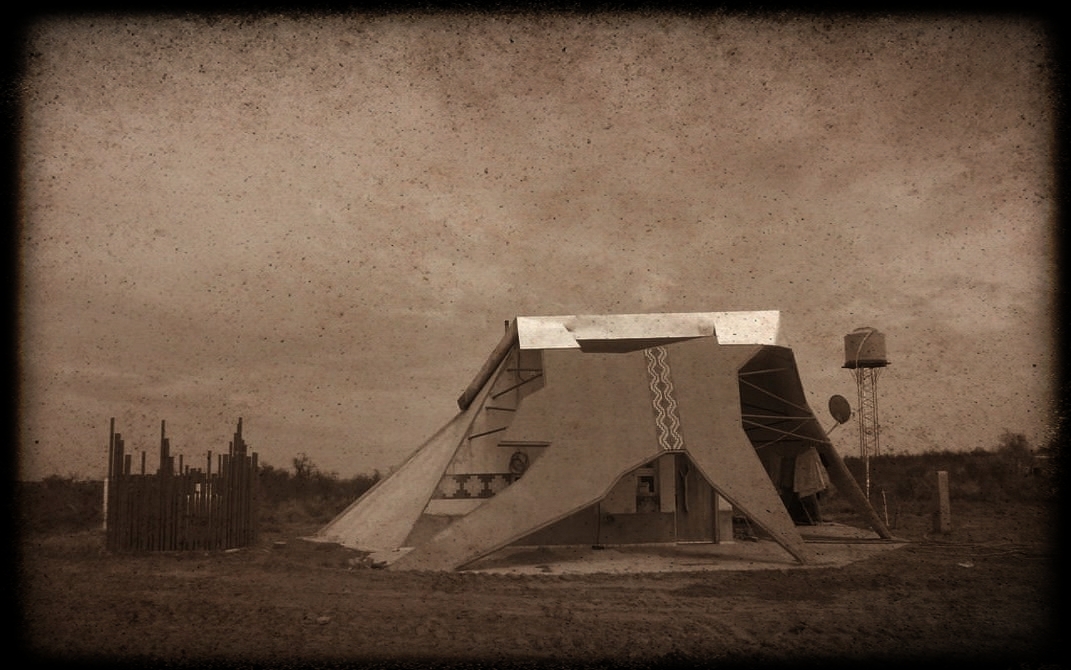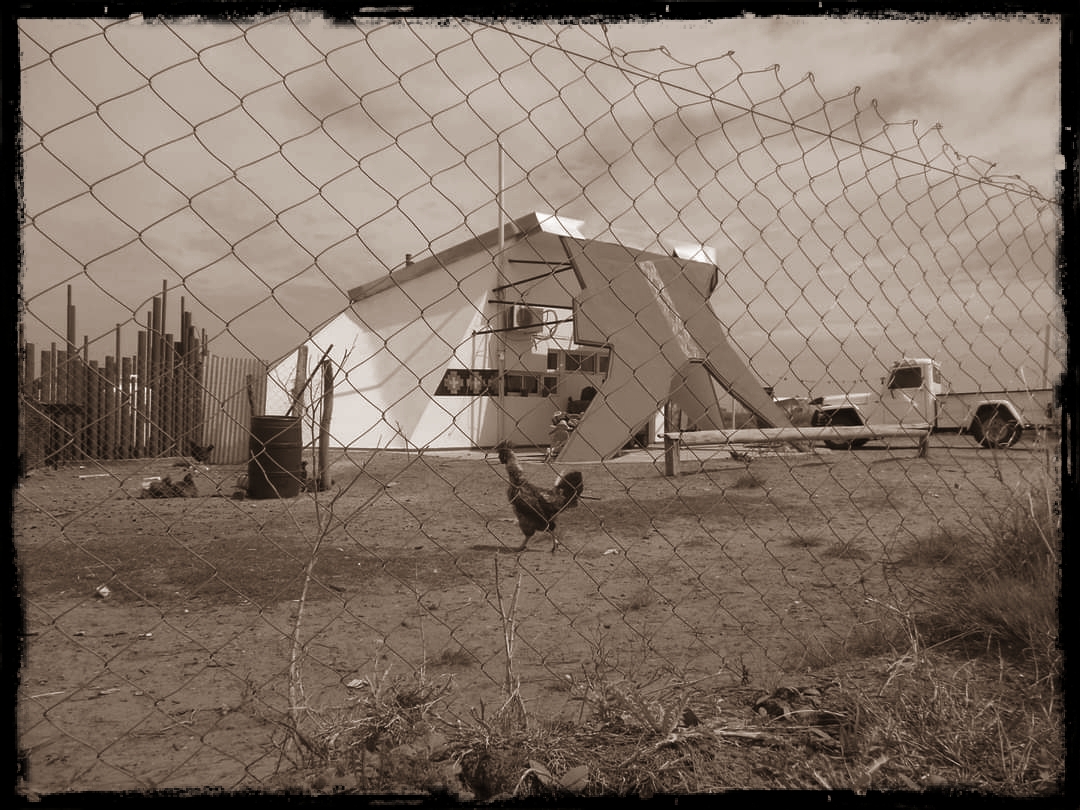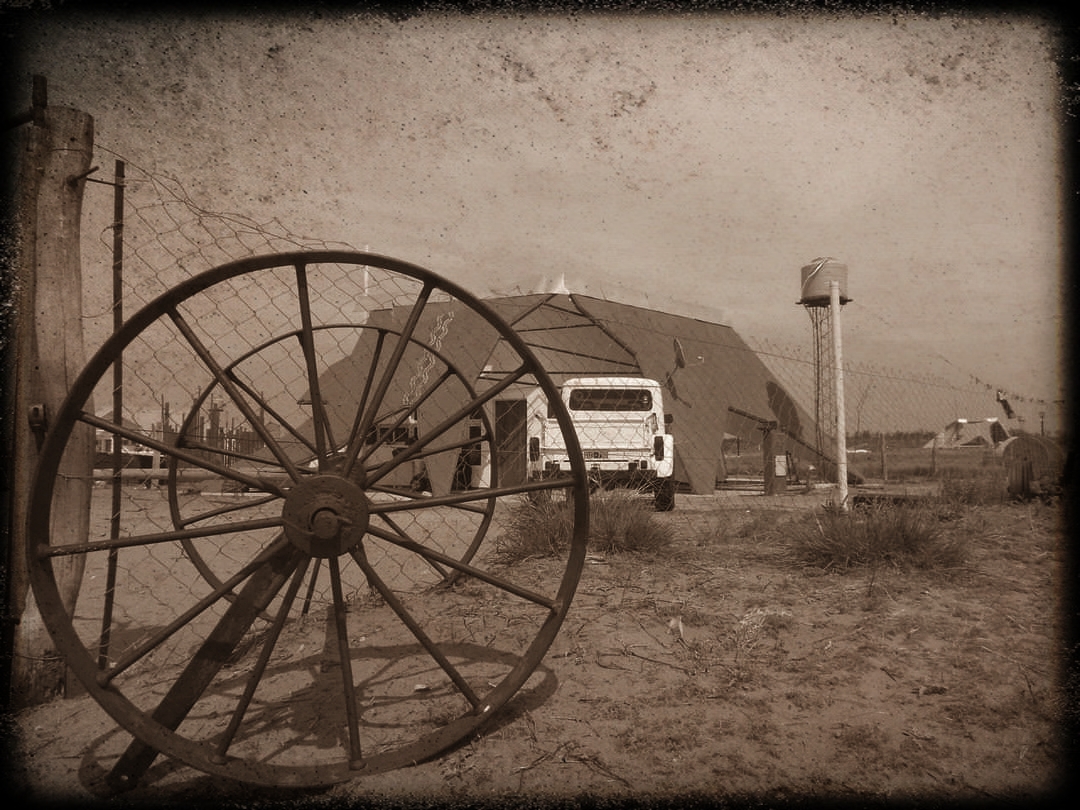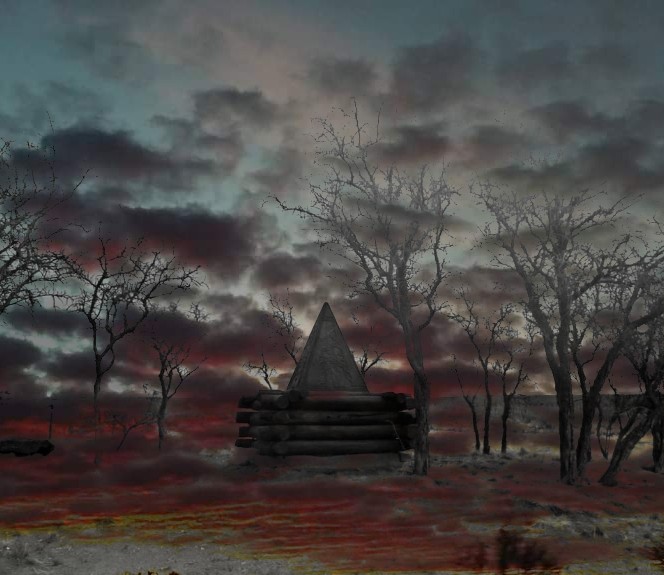English version below
Pampa Rankülche
En tierras rankülches sucedieron parte de los hechos más aberrantes de la historia argentina. Genocidios y crímenes de lesa humanidad que incluyeron violaciones, capturas arbitrarias, envíos a campos de concentración, sometimiento al servilismo, a trabajos forzados, profanación y robo de sepulturas, traslados forzosos de familias, apropiación de niños, negación identitaria cultural, segregación, invisibilización, silencio y olvido relacionados a los períodos previos, contemporáneos y posteriores a la campaña militar llamada la Conquista del Desierto, a fines del siglo XIX.
Las comunidades ranqueles han recorrido un largo y tortuoso camino desde la homogeneización hasta la reemergencia cultural de la actualidad, cuando pueden, por ejemplo, celebrar rituales ancestrales en algunas tierras restituidas por la reforma constitucional de 1994. Esas tierras constituyen tanto vestigios arqueológicos como espacios vivos.
Durante los años 2014, 2015 y 2016 realicé viajes a la tierra de los ranqueles o “tierra adentro”. Conversé con sus caciques, recorrí las ciudades cabeceras cercanas a los sitios ancestrales, escuché todas las historias que me llegaban en los encuentros, pregunté, leí, indagué, compartí la ceremonia del We Trepantu (año nuevo ranquel), hice silencio. Mi itinerario incluyó la Biblioteca de la Iglesia de San Francisco y los Archivos del Convento Franciscano de Río Cuarto, en Córdoba. Buscaba un registro de nacimiento que completara mi árbol genealógico. En mis regresos a Buenos Aires solo quería contar lo compartido de múltiples formas.
Una de ellas es la obra teatral Güenusai, que cuenta la historia en la voz de los caciques ranquelinos, a través de la comunicación epistolar que mantuvieron con los padres franciscanos y autoridades nacionales durante la década de 1869 a 1879, cuando las tierras aún eran suyas y el presente ensayo fotográfico Pampa rankülche, que visibiliza las restituciones a las comunidades ranqueles realizadas a principios del Siglo XXI. Ambos proyectos intentan interpelar y enriquecer el imaginario de pertenencia y los fundamentos de la identidad nacional.
En la provincia de La Pampa, a 25 km al norte de la localidad de Victorica, en Leuvucó, sitio central de las antiguas tolderías ranqueles, las tierras funcionan como parque cultural y lugar de encuentro para la celebración de rituales ancestrales. Un hito histórico aconteció en el año 2001, cuando fueron restituidos los restos del cacique Panghitruz Güor o Mariano Rosas, que se hallaba en el Museo de Ciencias Naturales de La Plata. Su mausoleo con forma de pirámide significa, para la cosmovisión rankülche, el viaje desde el ombligo de la tierra hasta la luz. Escuché las historias de la restitución contada en forma directa por quienes participaron de la ceremonia. Callé, imaginé y sentí.
En San Luis, en el año 2009, muy cerca del límite con la provincia de La Pampa, las tierras restituidas adquirieron la conformación arquitectónica de una antigua toldería ranquel. El llamado Pueblo Ranquel se encuentra a 80km de la localidad de Buena Esperanza. En una zona de clima semidesértico y tierras arenosas cercana a una laguna se construyeron 24 viviendas (rukas), en dos hileras de casas con forma de toldo que constituyen los aduares ranqueles, una escuela intercultural, un hospital, un salón de usos múltiples y un frigorífico. Allí viven algunas familias descendientes de las comunidades rankülches, quienes aprenden la lengua ranquel y celebran rituales ancestrales.
Los paisajes prevalecen en el centro de la obra. Tienen el color del ayer, sitio simbólico obligado para reconstruir el hoy. Sin embargo, un grupo de jóvenes participantes del saludo al Sol en torno al rehue (altar utilizado en las ceremonias), en la mañana posterior a la pernoctación del We Tripantu, se aleja por el camino ancestral. Visten ponchos y vinchas pampas al uso para la ocasión especial. Van conversando animadamente. Se preguntan, tal vez, por el camino que los reúne nuevamente en torno a la revaloración y a la memoria. También los fotografié. Solitaria con mi cámara mientras desaparecían de mi vista capturé el momento de fuga de un pasado en interpelación, hacia un porvenir de encuentros pero aún incierto. Cada vez que se mantiene el discurso del país de inmigrantes se los niega. Falta demasiado por hacer. Todavía es muy pronto para saber.
Vaya mi agradecimiento a cada una de las personas que me recibieron, tan generosamente, en tierras ranqueles.
Serie del día de FotoRevista, 1 de marzo de 2021
Publicada en la Revista FotoargentA, número de Abril 2021
Rankülche pampa
Some of the most aberrant events in Argentine history took place in Rankülche lands. Genocides and crimes against humanity that included rapes, arbitrary captures, shipments to concentration camps, subjection to servitude, forced labor, desecration and robbery of graves, forced transfer of families, appropriation of children, cultural identity denial, segregation, invisibilization, silence and oblivion related to the periods before, during and after the military campaign called the Conquest of the Desert, at the end of the 19th century.
The ranquel communities have traveled a long and tortuous road from homogenization to the cultural re-emergence of the present day, when they can, for example, celebrate ancestral rituals in some lands restored by the constitutional reform of 1994. Those lands constitute both archaeological vestiges and living spaces.
During 2014, 2015 and 2016 I made trips to the land of the ranqueles or "inland". I conversed with their caciques, toured the head towns near the ancestral sites, listened to all the stories that came to me in the encounters, asked questions, read, inquired, shared the We Trepantu (ranquel new year) ceremony, made silence. My itinerary included the Library of the San Francisco Church and the Archives of the Franciscan Convent of Río Cuarto, in Córdoba. I was looking for a birth record to complete my family tree. When I returned to Buenos Aires, I just wanted to tell what I had shared in multiple ways.
One of them is the play Güenusai, which tells the story in the voice of the ranquelinos chiefs, through the epistolary communication they had with the Franciscan fathers and national authorities during the decade from 1869 to 1879, when the lands were still theirs, and the present photographic essay Pampa rankülche, which makes visible the restitutions made to the ranquel communities at the beginning of the 21st century. Both projects attempt to question and enrich the imaginary of belonging and the foundations of national identity.
In the province of La Pampa, 25 km north of the town of Victorica, in Leuvucó, the central site of the ancient ranquel settlements, the land is used as a cultural park and a meeting place for the celebration of ancestral rituals. A historical milestone took place in 2001, when the remains of the cacique Panghitruz Güor or Mariano Rosas, who was in the Museum of Natural Sciences of La Plata, were restituted. His pyramid-shaped mausoleum signifies, for the Rankülche cosmovision, the journey from the navel of the earth to the light. I listened to the stories of restitution told directly by those who participated in the ceremony. I was silent, I imagined and I felt.
In San Luis, in 2009, very close to the border with the province of La Pampa, the restituted lands acquired the architectural conformation of an ancient ranquel toldería. The so-called Pueblo Ranquel is located 80 km from the town of Buena Esperanza. In an area of semi-desert climate and sandy land near a lagoon, 24 houses (rukas) were built in two rows of houses in the form of a canopy that constitute the ranquel customs, an intercultural school, a hospital, a multipurpose hall and a refrigerator. Some families descendants of the rankülches communities live there, who learn the ranquel language and celebrate ancestral rituals.
The landscapes prevail in the center of the work. They have the color of yesterday. However, a group of young people participating in the greeting to the sun around the rehue (altar used in the ceremonies), on the morning after the We Tripantu overnight stay, walk away along the ancestral path. They wear ponchos and pampas headbands used for the special occasion. They are chatting animatedly. They wonder, perhaps, about the path that brings them together again around the revaluation and memory. I photographed them too. Alone with my camera as they disappeared from my sight, I captured the moment of escape from a past in interpellation, towards a future of encounters but still uncertain. Every time the discourse of the country of immigrants is maintained, they are denied. Too much remains to be done. It is still too early to know.
My thanks go to each one of the people who received me so generously in ranquel lands.
FotoRevista Series of the Day, March 1, 2021
Published Fotoargenta Magazine, April 2021
